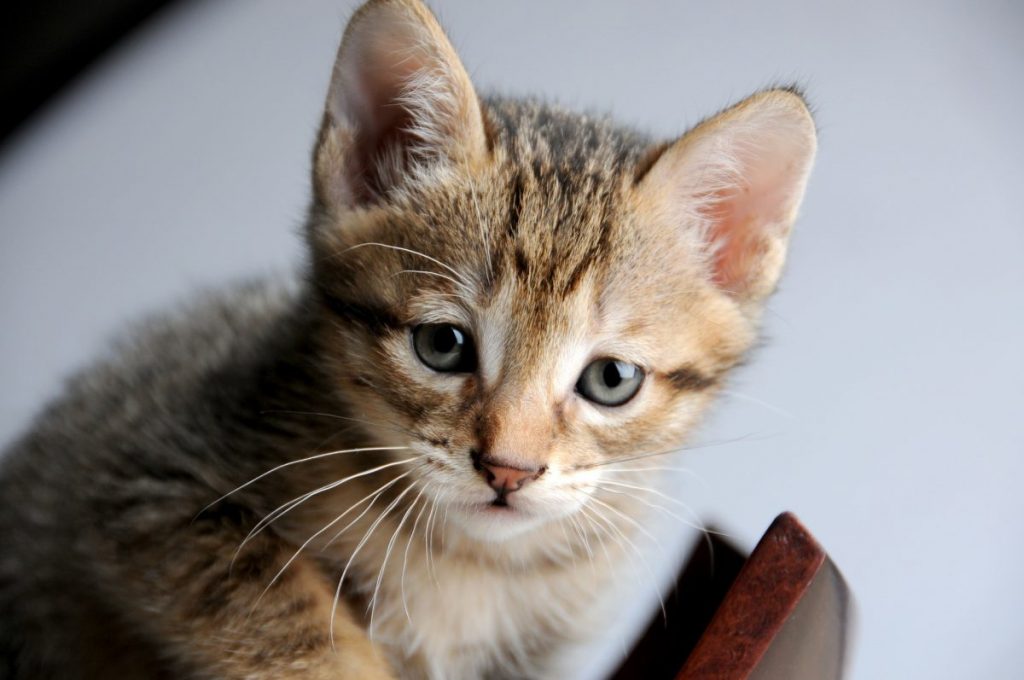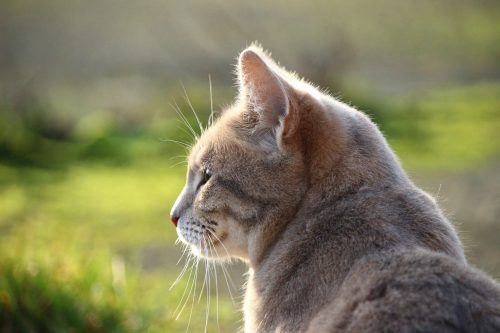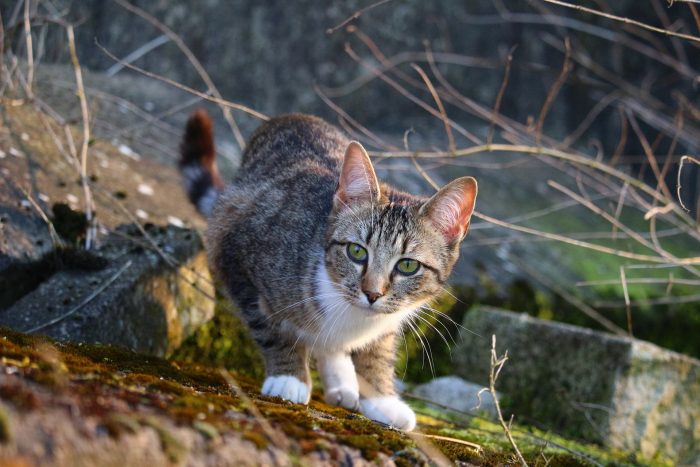There’s nothing worse than cuddling up to your favorite furry feline, cooing and petting them, and then winding up covered in a mountain of cat hair. This is especially disturbing when the excessive hair loss results in bald spots and patchy-looking hair, marring the beauty of your lovably kitty.
Hair loss however, called alopecia in the medical world, is quite common in cats. So, try not to be too alarmed. Also keep in mind that a cat sheds some of their winter coat during warmer months and so a small amount of hair loss is considered normal. However, if it appears that your cat is losing hair in patches or excessive shedding occurs after petting them, it could indicate a problem.
Signs and Symptoms of Hair Loss in Cats
The first big sign is, of course, baldness. Whether your cat is losing patches of hair, or bald all over, if you can see more of your cat’s skin than fur, it’s probably not normal.
Other signs include itching, licking, and biting themselves. Biting behavior is common if your cat has fleas.
Sometimes cats may groom themselves a bit excessively, and this can also result in hair loss, as well as skin infections, sores, and bald areas. Remember that although some grooming is normal for a cat, too much grooming is not.
A good rule of thumb when monitoring their behavior is whether they show more interest in grooming over other activities like eating and playing. If they do, the behavior could be compulsive and stress related, or they could be suffering from an underlying medical condition prompting them to over-groom.
Causes of Hair Loss in Cats
Hair loss can be related to so many different skin conditions and underlying diseases, it can be downright hard to make an accurate diagnosis.
Here are a few of the more common causes of hair loss in cats:
Allergies to things that have touched their skin in some way.
- For instance, certain metals, such as an allergic reaction to nickel
- A reaction to materials like plastic, rubber, and wool
- A reaction to chemicals and dyes in carpet and carpet deodorizers
- A reaction to topical antibiotics and/or steroid creams
- A reaction to natural environmental triggers like poison ivy
Keep in mind that with skin irritants, repeated exposure is usually necessary before you begin to see hair loss.
Allergies to things your cat may have inhaled.
- Mold
- Pollen
- House dust mites
Other culprits of hair loss in cats include:
- A condition triggered by small, spider-looking mites called mange, which is more common than you might expect.
- Sometimes cats lose hair as a perfectly normal process, such as when they lose hair between their eyes and ears. This is most often noticed in short-haired cats, and kittens with dark hair.
- Flea allergies can also cause hair loss in cats because the cat is reacting to the saliva of the flea. If this is the case, flea treatment should be a priority. This can result in redness, skin irritation, tenderness, itching, and ‘hot spots’. The hot spots are usually where you will notice hair loss.
- Food allergies can cause hair loss in a cat, and may require dietary tweaks or even an elimination of certain foods. It might require the elimination of several foods, and adding them back in slowly before you can nail down the culprit.
- Cats with hypothyroidism and other hormonal imbalance issues can suffer from hair loss. With hypothyroidism, cats may develop skin lesions that excrete fluid. Your cat may then over-groom and develop hot spots.
- Some cats experience marked hair loss during pregnancy and nursing. This phenomenon is known as ‘blowing her coat’ and results in a sudden loss of hair all over the cat’s body. It’s a benign condition though, and the cat’s hair will grow back.
- Cats that are bored, or suffer from stress and anxiety, may lick constantly and overgrow. This can cause skin problems such as ulcers, infection, and ultimately mean hair loss for your feline pal.
- Ringworm can cause hair loss, and will be noticeable due a scaly, balding ring. This condition is caused by fungus and may require anti-fungal medications.
- Finally, some cats could be genetically predisposed to lose their hair. Purebred cats like the Bengal and Himalayan are among these, and then of course, breeds like the Sphinx have no hair at all.
Treating Your Cat’s Hair Loss
Obviously, you need to determine just what is causing your cat to lose its hair. That’s the first step. Then your cat may be properly treated.
Treatments options for cat hair loss include:
- Medications
- Supplements
- Injections
- Ointments and lotions
- Dietary changes
- Even behavior therapy in some cases
Depending on the diagnosis, your cat may recover quickly, or take weeks and even months before the issue is fully resolved. Fortunately, cats are still affectionate feline friends, even when they suffer from hair loss.






